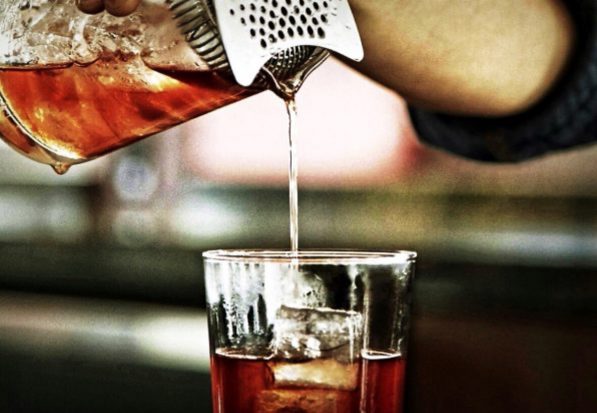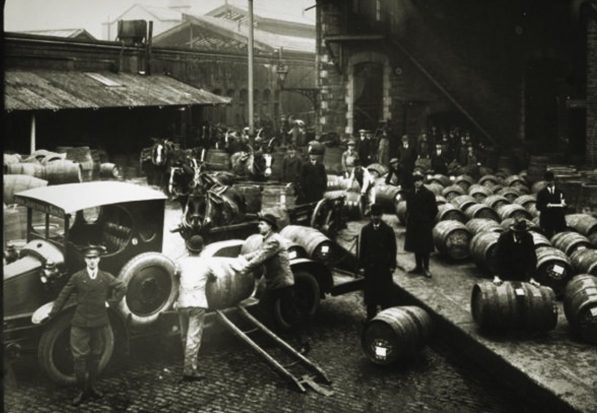Now you know us – we’re not very inclined towards wine. In fact, it’s rare for us to even mentioned wine unless it’s fortified (like a Vermouth) or bubbling (like a Champagne). Really, unless you can use it in a cocktail, it means nothing to us.
And this is how we approach Tawny Port. Sure, we comprehend the care taken in its formulation, we can appreciate the ageing, and we can admire the houses that have dedicated themselves to its creation. But it doesn’t get much more profound.
What we love is the flavour that Tawny Port gives to any drink with which it is mixed. It is a wine with a sweet, unpretentious nature that fills any cocktail with its rich, ruby colouring with hints of brown around the edges and ultimately that incredible taste of herbs, nuts and dried fruit.
Now as this is an article about Tawny Port, we could take this opportunity to tell you a little about the history of Port, but once you find out it was actually an invention of the British as a way to stabilise Portuguese wine for transport, there’s not much else to say.
Maybe, we could add a little about the fact that this was all started happening in the 17th century when conflicts blocked Britain from importing French wines, so merchants went to Portugal in search of substitutes.
We could go to explain that the British added brandy to the intense, dark wines from the Douro Valley and that this fortification resulted in a wine that is generally about 20 percent alcohol, which made it 50 percent more than most still wines, which sat at about 13 or 14 percent.
We could also go on and on about the fact that Port can come from dozens of different grapes, but then again that’s something that you perhaps don’t need to know. But if you were curious, we could add that practically speaking most Ports come from five varieties: Touriga Nacional, Touriga Franca, Tinta Barroca, Tinto Cão and Tinta Roriz, which is better known by its Spanish name, Tempranillo.
You see, once it’s added to a good base spirit and then mix in with some sugar syrup and maybe a Vermouth or a nice bitter Aperitivo, there’s not much else you need to know. It just comes down to the flavour and colour that it can impart to the rest of the ingredients that it’s mixed with.
But don’t worry, we hear you ask, ‘What about the ageing. We obviously need to know about that?’ Well, actually, no, I’m not sure you do. But OK, we’ll give you this. Tawny Port, unlike some other types of Port, is aged in barrels (rather than a Vintage Port which is aged for years in the bottle).
In most cases, Tawny Ports have a number on the label, which denotes the youngest aged Port in the blend. Frequent age statements are 10, 20, 30, and 40 years old. Happy?
Really, all you really need to know about this light and frisky wine is that it works really well with a variety of spirits, particularly Cognac, Mezcal & Scotch (although Gin, Bourbon & Rye are definite contenders) and that bartenders have found a variety of ways to use it, other than just as a slow sipper by the fire.
You might think Tawny Ports sounds stuffy, but it’s a fantastic cocktail ingredient. Just buy a bottle (preferably from Portugal but there are also some other producers well worth exploring) and use it in a drink tonight. After all, it’s only stuffy, if you let it sit on a shelf unused gathering dust.
















